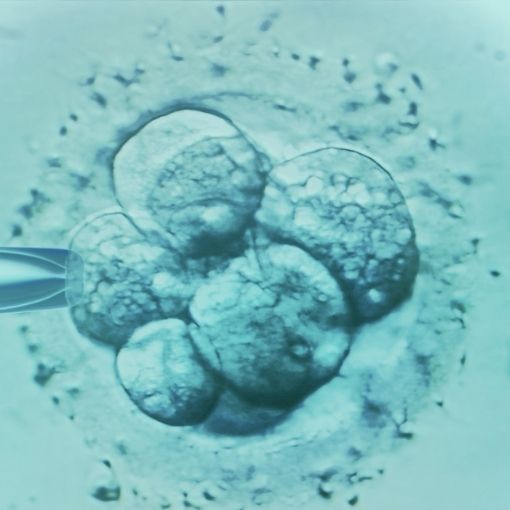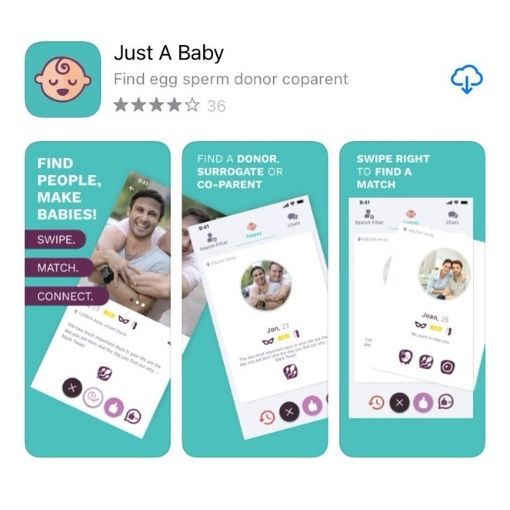If you have previously carried a child or children to term and have been trying to conceive baby number two for a year or more, it can be upsetting and frustrating that it isn’t happening so quickly the second time around. If you find yourself worrying about the cause, there’s a chance that secondary infertility may be the problem.
Although it can feel like a lonely time, struggling to conceive after previous successful pregnancies is more common than you might think. Around 1 in 7 women with at least one child will seek help when trying to conceive again. So let’s look at what secondary infertility is and what causes it.
What is secondary infertility?
We’ve all heard that a woman’s fertility declines as she ages. This alone can make it harder to conceive the second time. A fertility specialist may diagnose secondary fertility as when a couple struggle to get pregnant despite having a natural conception and birth previously.
You may have also heard the term primary infertility. Most people refer to this simply as infertility. This means a woman or couple has been unable to get pregnant naturally following a prolonged period of trying but has never previously carried a child to term.
The causes of both primary and secondary infertility are often the same. Thankfully, this means there are several fertility treatment options available that you can discuss with your doctor.
Women that struggle to get pregnant after previously having sailed through a previous pregnancy may feel shocked, worried, or confused about why it’s so much harder this time. They often harbour feelings of guilt for waiting too long. They might also feel their body is failing to provide their firstborn with a sibling. Whether you already have a child or not, infertility is hard to come to terms with.
It’s as important to seek help regarding secondary infertility as it would be if you had never had a child.
What are the symptoms of secondary infertility?
There are various possible causes of secondary infertility in both men and women. Here are some of the most common:
PCOS
Polycystic ovary syndrome, or PCOS, is one of the leading causes of infertility in women. PCOS affects a woman’s ability to ovulate regularly and can lead to cysts in the ovaries. The condition affects one in ten women who are trying to conceive.
Endometriosis
Endometriosis is a disease where tissue similar to the lining of the uterus grows outside the uterus. This can result in pain and infertility. Although very little is known about the cause of Endometriosis or endo, we do know it can affect a woman’s fertility in many ways. It can cause inflammation and affect the quality of a female’s eggs. It can also cause scar tissue to form and make it harder for sperm to fertilise an egg. It’s a difficult condition to diagnose and is thought to affect around 10% of women.
Egg Quality

We, females, are born with all the eggs we will ever have, and there are no egg restocks available. As we age, we will naturally have fewer eggs. The eggs we have are likely to decrease in quality as well as quantity, making it harder, although by no means impossible, to conceive a baby.
Damaged or blocked fallopian tubes
If the fallopian tubes are damaged or blocked, it can affect the ability of the egg to travel to the ovaries easily.
Low sperm count or sperm abnormalities
There are a few variables that can cause low sperm count, from a blocked duct to lowered testosterone levels. Likewise, anomalies can make it more difficult for his swimmers to fertilise the egg.
How is secondary infertility diagnosed?
Let’s be clear it’s not uncommon for a couple to take up to a year to fall pregnant naturally. If you are under 35 and have been trying for a baby for 12 months or more, speak to your GP, who can refer you to a specialist to discuss your fertility. If you are over 35, professionals recommend that you seek professional advice after six months of trying to identify potential fertility issues.
The above is just a guide. If you have only been TTC for three months but are concerned and feel it’s taking over your life, there is no harm in taking steps to get checked out. You may have to wait a little longer for treatment, but most fertility experts will understand that waiting a year for us is far too long.
How is secondary infertility treated?
During your first appointments with a fertility specialist, you and your partner will need to answer questions about your medical history, previous pregnancies, and current health. Essentially they are looking to identify what might have changed since you were last pregnant.
You can also expect to have bloodwork done, and they will ask you to provide a sperm sample. It’s likely your specialist will offer you ultrasounds to check your reproductive organs are healthy and check if you are ovulating as expected. It might sound stressful, but we promise it will all be worth it. When you know the cause of infertility, you can take steps to treat it.
Conclusion
In many cases, secondary infertility is treatable. Seeking early help will increase your chances of success. It can also help you understand why falling pregnant a second time is harder than the first.
Dealing with secondary infertility isn’t easy; we get it. Your emotions will likely be all over the place, and secondary infertility might not be something everyone understands. If you feel alone and unable to talk to any of your friends about your situation, consider joining our fertility community. A safe space to ask questions, speak to experts, and find other women going through the same fertility struggles as you. Join here.




